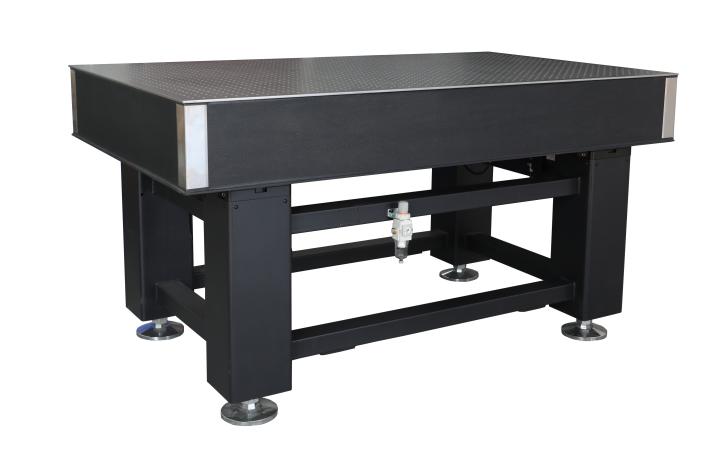Role of Vibration Isolation Optical Tables in Quantum Fields
2025/04/24Quantum optics studies the behavior of light under quantum mechanics and its interaction with matter, encompassing phenomena such as photon discreteness, wave-particle duality, superposition, and entanglement. Its core areas include quantum states of light, quantum measurement, quantum coherence, and quantum interference, providing the foundation for next-generation technologies.
A key focus of quantum optics is the study of quantum states of light, such as the statistical properties of photons and quantum superposition. Quantum measurement techniques are used to detect and manipulate these states, enabling precise control of light at the quantum level. Such research demands high vibration isolation capacity, as experiments involving quantum interference and photon entanglement require extremely stable environments. Interference phenomena are utilized in high-precision measurements, quantum imaging, and information processing, while entangled states are applied in quantum teleportation, quantum cryptography, and related fields.
Additionally, quantum nonlinear optics investigates the interaction of light with nonlinear media, involving complex optical setups to generate new optical frequencies (e.g., optical parametric amplification). Without a highly stable vibration isolation system, the difficulty of such experiments increases significantly. Quantum optics also extends to solid-state systems, such as quantum dots and nanocrystals, and cavity quantum electrodynamics (QED), which studies the interaction of light and matter in confined spaces. These systems require stable environments to maintain quantum effects.
Atomic optics, a branch of quantum optics, uses light to manipulate atomic systems, such as atomic interferometers and atomic clocks, which also rely on vibration isolation systems.
In summary, quantum optics explores the properties of light at the quantum level and applies them to quantum communication, quantum computing, and quantum sensing.
To meet such requirements, Zolix has developed TPR and NAP series optical tables which feature a triple-pendulum pneumatic mechanism. The vibration curves for these optical tables are shown in the figure below:
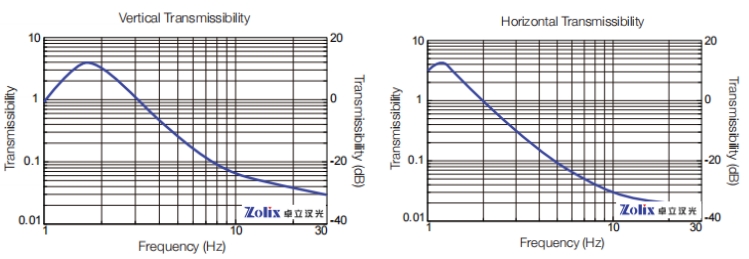
Figure 1 Transmissibility curve for TPR & NAP optical tables
|
Figure 2 TPR Series Optical Table |
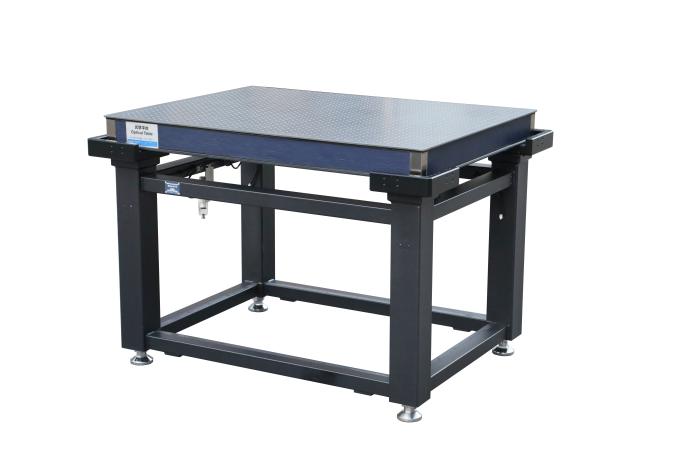
Figure 3 NAP Series Optical Table |
|
Vertical direction resonant frequency <1.5~2.5Hz Horizontal direction resonant frequency <1~1.5Hz Vertical direction: 5Hz: 75~92%; 10Hz: 90%~95% Horizontal direction: 5Hz: 88~94%; 10Hz: 92%~98% Three wire pendulum vibration isolation mechanism Support frame load capacity 1000-1500Kg |
Vertical direction resonant frequency <1.5~2.5Hz Horizontal direction resonant frequency <1~1.5Hz Vertical direction: 5Hz: 75~92%; 10Hz: 90%~95% Horizontal direction: 5Hz: 88~94%; 10Hz: 92%~98% Three wire pendulum vibration isolation mechanism Support frame load capacity 500Kg |
As can be seen from the figure, by using our TPR, NAP optical tables, in the vertical direction, when the vibration source frequency is 5Hz, the vibration fluctuation is only 10%-20% of the original. At 10Hz, the vibration fluctuation is only 5%-10% of the original.
In the horizontal direction, when the vibration source frequency is 5Hz, the vibration fluctuation is only less than 10% of the original. At 10HZ, the vibration fluctuation is only less than 5% of the original.
In addition, quantum-related experiments often require the use of non-magnetic experimental equipment. For this, we can provide optical tables with extremely weak magnetic versions of SUS316 materials, or completely non-magnetic marble tabletop, which can meet your customized needs.
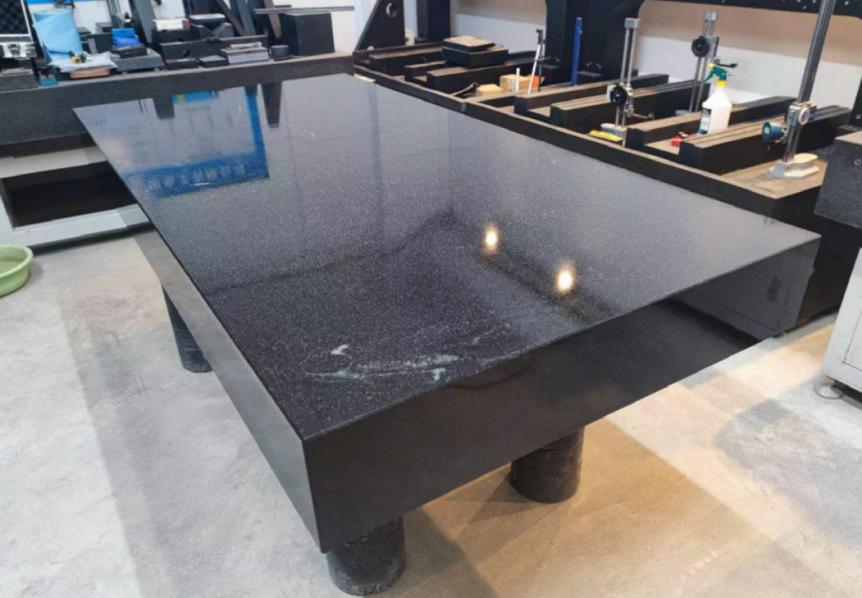
Figure 4 Marble material optical table
The following products are also commonly used in research on quantum-related experiments:
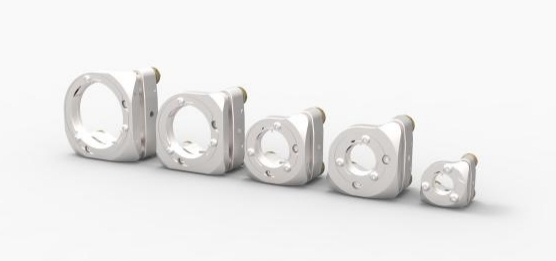
Figure 5 SUS series high stability mirror mounts
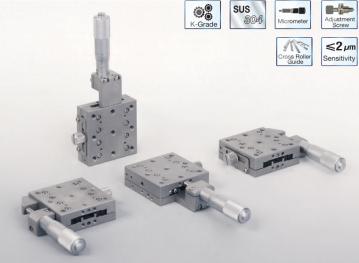
Figure 6 SK series linear stage
Related products
MORE +-
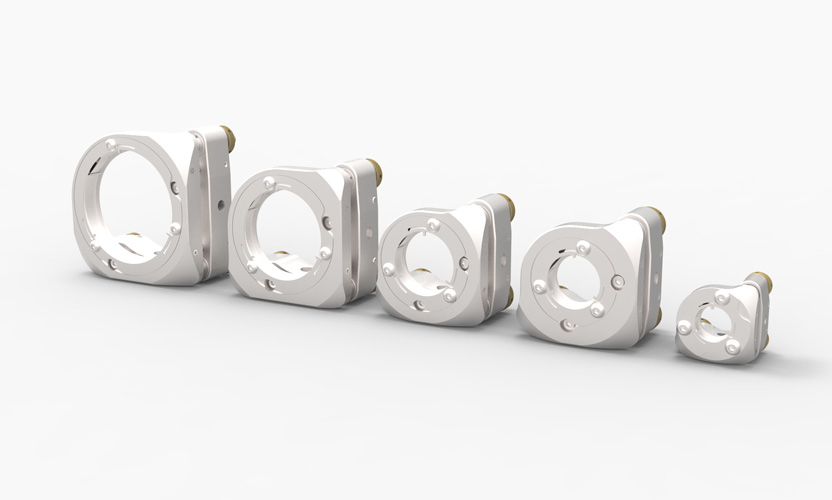
SUS series Stainless Steel Kinematic Mirror Mount
SUS series mirror mount is designed by Zolix for cases requiring high stability for a long term, which is available in sizes for optics ranging from Ø0.5" to Ø2". -
.jpg)
SK Series High Precision Stainless Steel Manual Linear Stage
The main material of this product is 304 stainless steel.Besides, by adopting ultra-high precision crossed-roller guide guide, precision micrometer Drive type, and Zolix unique machining technology, so this series of products have a high sensitivity of not less than 2µm, and smooth running, no beating phenomenon. This series of products has high versatility, suitable for high precision manual adjustment field, especially suitable for the load capacity, motion accuracy of the occasion with higher requirements, can also be used in vacuum environment. -
.jpg)
TPR Series Pneumatic Vibration Isolation Optical Table
-
.jpg)
NAP Series Pneumatic Vibration Isolation Optical Table
NAP Series Pneumatic Vibration Isolation Optical Table
Associated application
MORE +-

High Precision Positioners: Key Enablers in 3C and Semiconductor Manufacturing Applications
High-precision positioners refer to devices that can attain positioning resolutions at the micron or nanometer scale. -
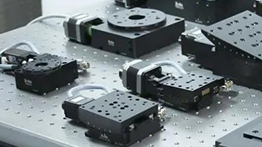
High Precision Positioners Used in the Advancing LiDAR Technology
LiDAR (Light Detection and Ranging) is an advanced remote sensing technology widely used in various fields. -
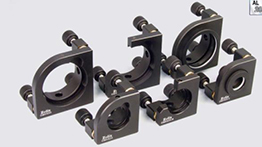
High Stability Optical Mirror Mounts: Ensuring Precise Control for Aesthetics Devices
Mirror mounts are used to adjust the light beams inside the asthetic devices -
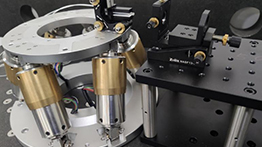
Optomechanical Products Used in the Optical Communication Field
Optomechanical products are widely used in firber coupling, alignment.


